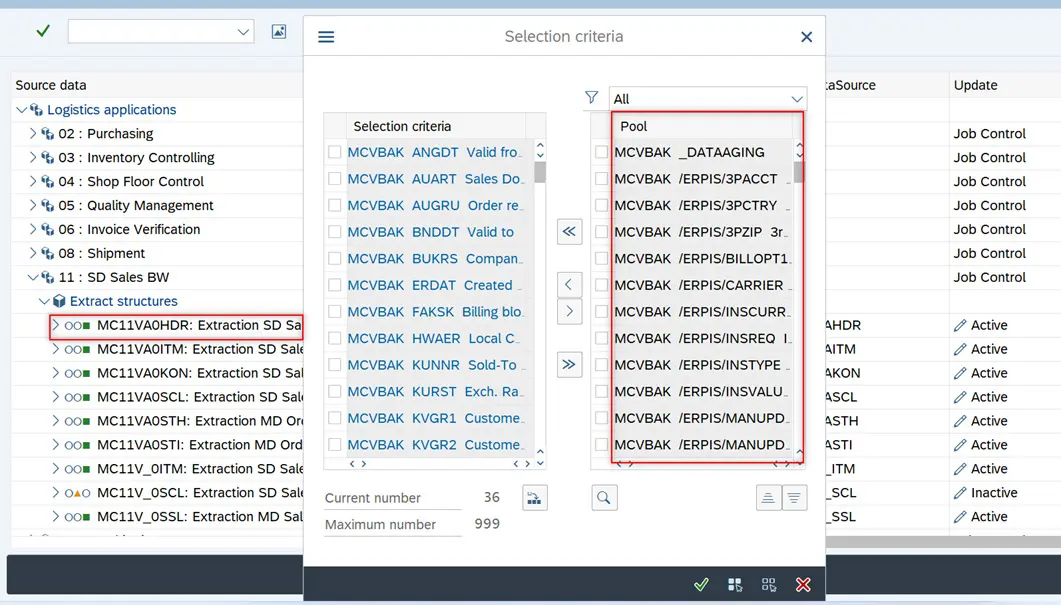A Guide to CDS View SAP – Types and Functioning
SAP CDS is a setup for data modelling where data is defined and consumed on the database server and not on the application server. Hence, SAP HANA database can be used to meet real-time analytics. Data models can be created by developers using SAP CDS where application servers are exposed to clients as CDS view SAP.
Since CDS (Core Data Service) views are virtual data models
of SAP HANA, CDS view SAP allows direct access to the tables of the HANA
database. The launch of the CDS view SAP was mainly targeted at moving
logic from the application server to the client-side database and was defined
by SAP as ‘Code -to-Data’ or ‘Code
Pushdown.’
CDS view SAP performs this ‘Code -to-Data’ or ‘Code Pushdown’ by selecting logic from the ABAP application and executing it on the database instead of the application server. Therefore, CDS view SAP is a design-time file in the storage repository that is created by SAP HANA XS (Extended Application Services).
CDS
View SAP has several cutting-edge
features that enable it to carry out real-time data analytics on live
transactional data. It is not essential to know about the underlying tables or
structures which can be either combined with new enhanced views or consumed directly
for creating new data models.
Types
of CDS view SAP
There
are currently two types of CDS view SAP namely HANA CDS Views and ABAP
CDS Views. However, CDS is also available in SAP NetWeaver as ABAP and users
can work with this programming layer while allotting the execution layer to the
database.
CDS
View SAP supports in-built extensions and functions,
relationship definitions, and conceptual modeling, all of which are a vast
improvement over traditional data modeling tools.



Comments
Post a Comment